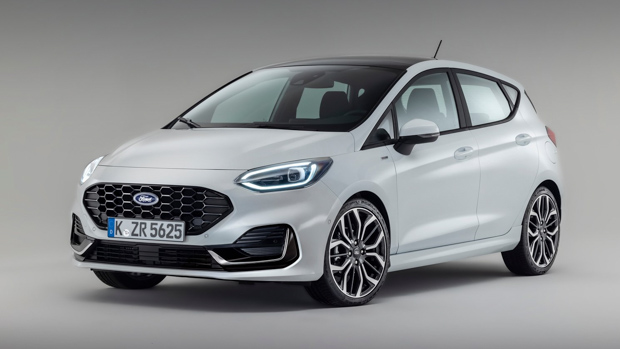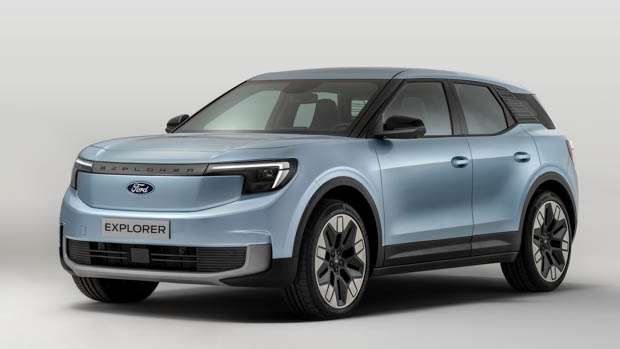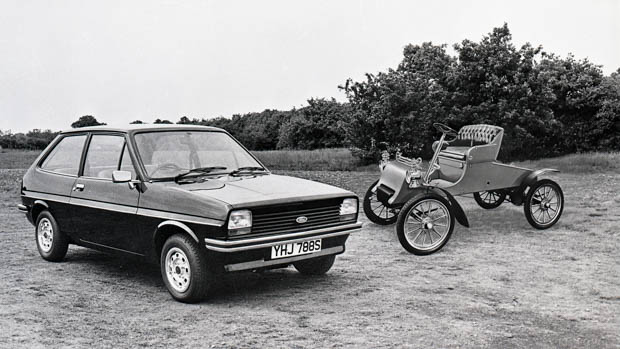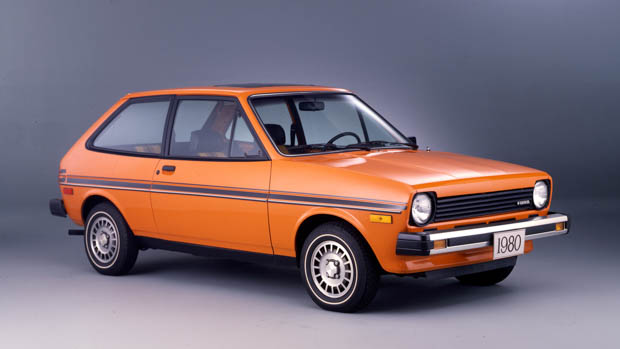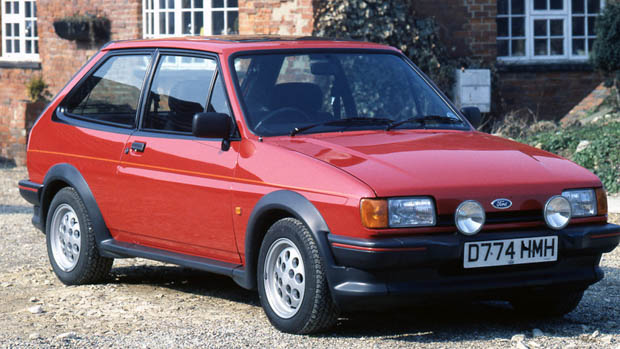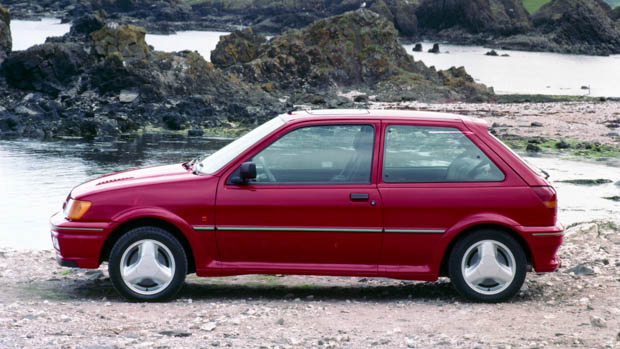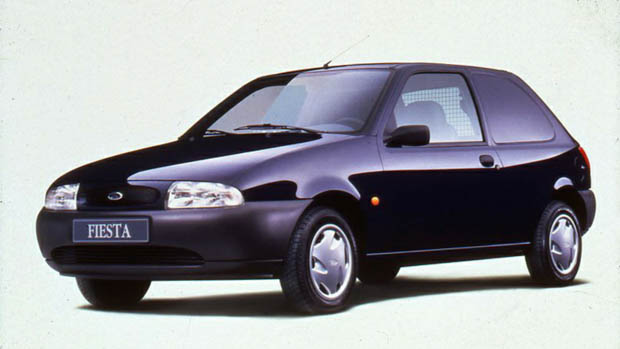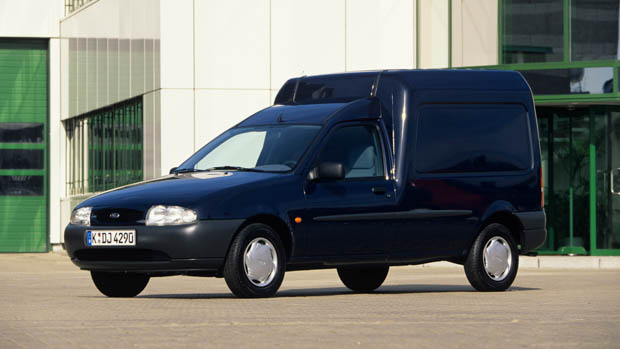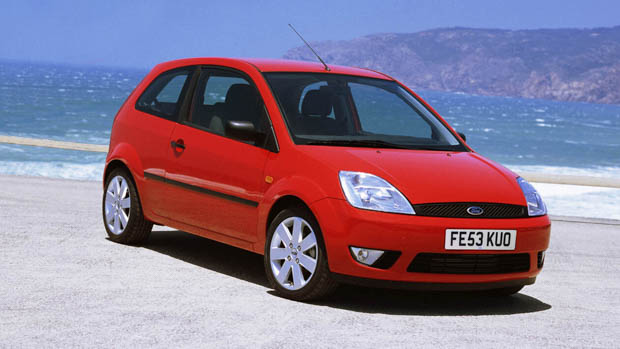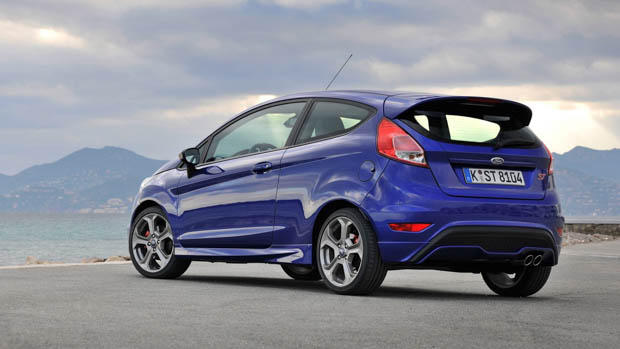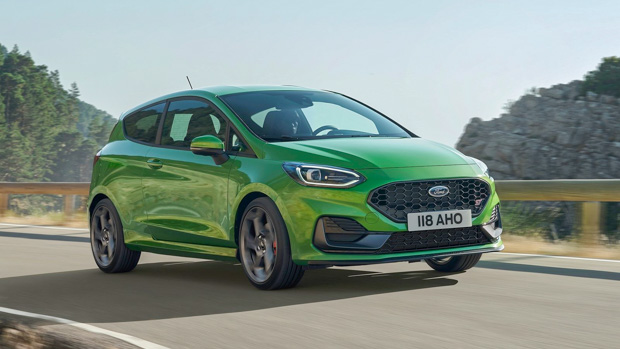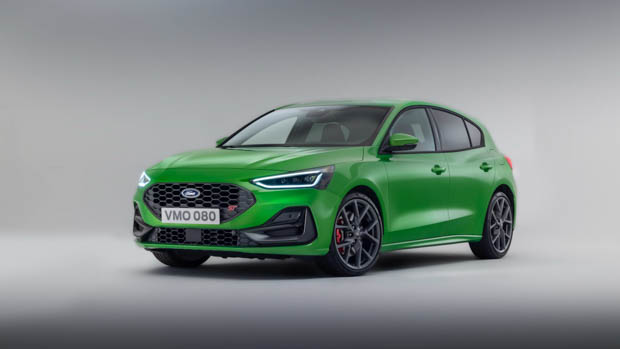-
Car Reviews
- Car News
-
Car Comparisons
Latest comparisons
- Chasing Deals
This week, production ended for the current-generation Ford Fiesta – Chasing Cars takes a quick look down memory lane with Ford’s pint sized hatchback
The Ford Fiesta is no more. After 47 years on sale, Ford Europe’s hatchback has finished its production run.
Ford managed to sell an astronomical 22 million Fiestas since 1976, becoming one of the best-selling nameplates alongside the F-Series truck and the Escort.
This week, the last Ford Fiestas rolled off the production line in Cologne, Germany, with the very last two cars being sent to the Ford Heritage collection.
But what will replace such a fun and adventurous little car?
With the Fiesta gone, the closest Ford in terms of size and price is the Puma small SUV, which will soon spawn an electric variant to cater to a growing market. Ford has not currently committed to an electric Fiesta, and may never do so.
According to a recent report by Autocar, the Fiesta was axed because the company needed the space in the factory to build the upcoming Ford Explorer electric SUV, which shares an MEB platform with the Volkswagen ID4.
So in comes a new era of motoring for Ford Europe, but let’s take a quick look back at some highlights over the 47 great years of the Ford Fiesta.
The first ever Ford Fiesta rolled off several production lines across Europe in June 1976 and was available initially with small four-cylinder engines up to 1597cc in capacity.
Ford targeted first-time car buyers with a lower cost of entry to something like the more premium Ford Escort. Reports say that the first Fiesta went on sale in the United Kingdom for just £1856 (around £14,750 today, or the equivalent of AUD$28,400) for the 900cc base model.
As a direct competitor at the time to the likes of the Volkswagen Polo, the first iteration of the Ford Fiesta was sold up until 1983.
Interestingly, the Ford Fiesta differed from other hatchbacks of the time by offering coil sprung rear suspension – torsion beam was the norm at that stage – along with 12-inch wheels and front disc brakes.
A more performance oriented XR2 model – what would later become an ST badge – used a 1.6-litre Crossflow engine with a huge 62kW of power and a 9.5 second 0-100km/h time.
While this generation still had the same micro Escort-style looks, it carried the same fun-to-drive attitude.
The second-generation of Ford Fiesta had its best ever year in 1987, with reportedly over 150,000 units sold in the United Kingdom alone.
By the end of this second-gen era, Ford had sold in excess of 4.5 million Fiestas since the model’s inception date in 1976.
The third generation Fiesta, which went on sale in 1989, may not have been the prettiest Fiesta ever made, but this generation would be the first time the model would offer a turbocharged variant.
Called the Ford Fiesta RS Turbo, the little car that could featured a 97kW/183Nm 1.6-litre turbocharged four-cylinder petrol engine. A Garrett T2 turbocharger provided just eight pounds of boost to the small engine.
If you have an image of a Ford Fiesta in your head, odds are that it isn’t the fourth generation Fiesta.
This generation saw Ford drop the RS Turbo and RS1800 variants, and Ford decided to badge-engineer the Fiesta into what would become the Mazda 121 in Europe.
The most powerful and sporty Fiesta money could buy at this time was the Zetec S with its 1.6-litre naturally-aspirated four-cylinder engine with just 75kW of power.
The first Fiesta to land on Australian soil was the fifth-generation model, with production first kicking off in 2002.
This generation was the first time a Fiesta was graced with an ST badge – a naming convention that ran until end of production in 2023 – but was badged locally as a XR4 to be more in line with the Ford Falcon XR6/XR8 and Ford Focus XR5 Turbo.
While there were several powertrains available for the Ford Fiesta in this generation, the stand-out was the 2.0-litre Duratec engine for the ST which made 110kW of power. Not fast by any measure, but certainly enjoyable to drive.
The sixth-generation Ford Fiesta began production in 2009, however it was in 2011 that we saw for the first time the new Fiesta ST.
Well received by journalists across the globe, including in the United States, the Fiesta ST was powered by a 1.6-litre ‘Ecoboost’ turbocharged four-cylinder engine that produced 134kW of power and 240Nm.
As the final iteration of the Ford Fiesta, only the performance-focused ST was sold in Australia for this seventh generation.
The last swansong for the Fiesta nameplate ditched the 1.6-litre turbocharged four-cylinder engine and went instead with a 1.5-litre turbocharged three-cylinder engine with outputs of 147kW/290Nm.
Chasing Cars editor and founder Tom Baker said in a review of the car three years ago: “Making a car this good, and this affordable, is very difficult. Following up a cult favourite with a car that’s similarly enjoyable is harder still. Yet that’s what Ford has done”.
Tom gave the car a rare nine out of ten. Pretty impressive.
Ford Australia announced almost a year ago that it would give up selling both the Focus ST and Fiesta ST on local shores.
And now the curtain has drawn over the Fiesta, for good.
Thanks for a great 47 years.
Latest news
About Chasing cars
Chasing Cars reviews are 100% independent.
Because we are powered by Budget Direct Insurance, we don’t receive advertising or sales revenue from car manufacturers.
We’re truly independent – giving you Australia’s best car reviews.
